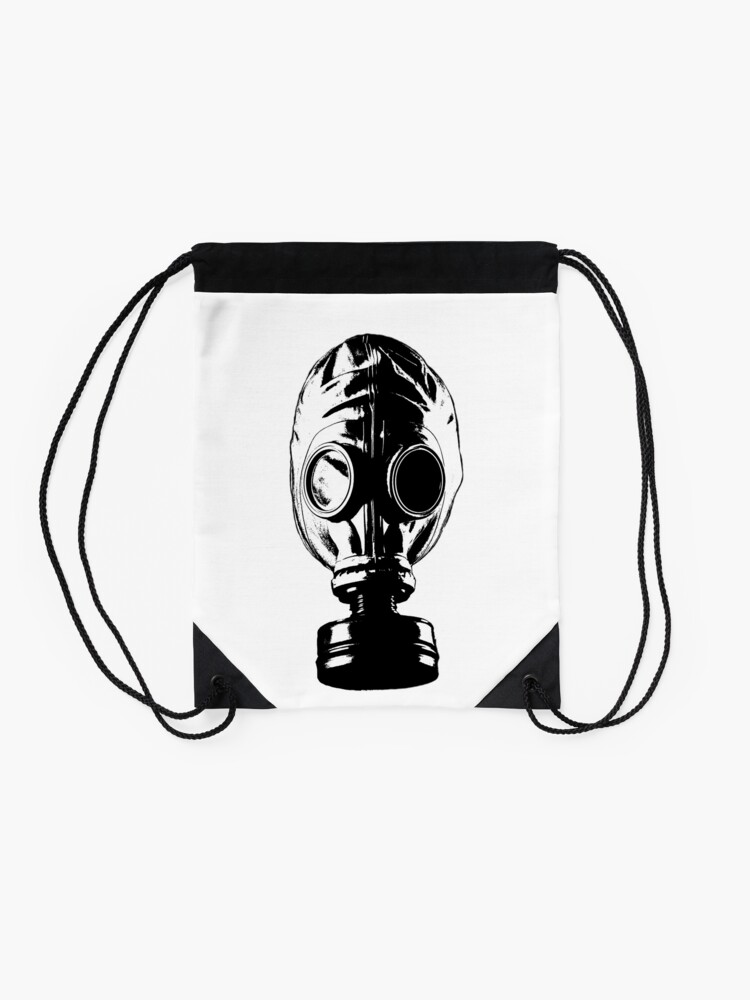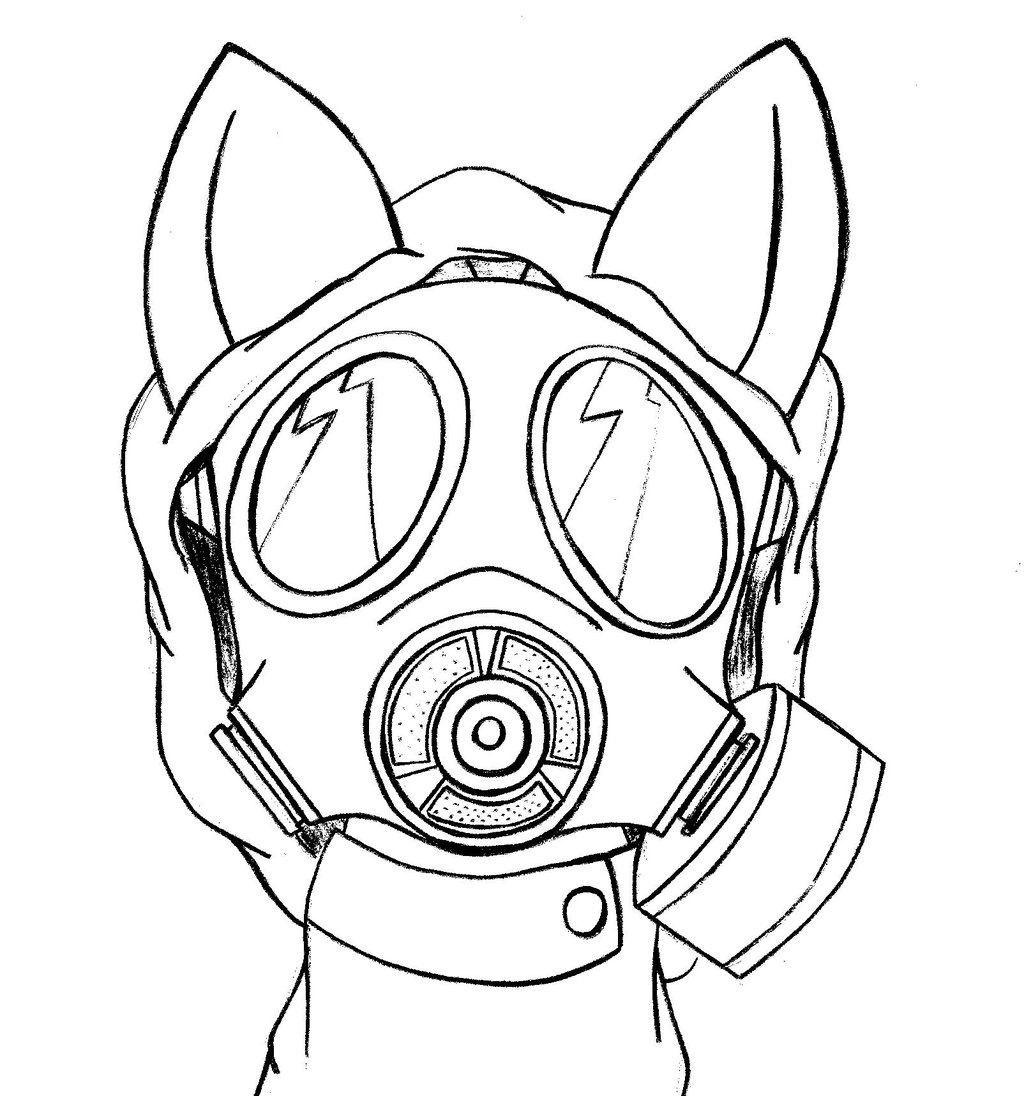
Ww1 gas mask drawing easy series#
Left: Quarrels and Fights Are Unacceptable, as It Diminishes Individual Dignity, from the series Women Soldiers, ca. The postcard issuer included an additional scene (above): the November 10 Battle of Langemarck, represented as a knockout blow. Like Trier's poster, a series of postcards based on cartoons published in an English magazine uses caricature in comparing the opposing armies to a pair of "scientific wrestlers." The sequence in the spread, published on November 4, 1914, ends on October 26, at the height of the First Battle of Ypres. Thanks to their diminutive size, postcards were another ideal tool for circulating propaganda and publicizing wartime events.

Promised gift, Museum of Fine Arts, Boston November 10, from the series Battles of August–November, 1914, 1914. A percentage of the proceeds from sales of his map supported the Red Cross. He depicts Germany and Austria-Hungary as heroic soldiers fending off surrounding nations, each represented by a negative stereotypical figure. In response, German artist Walter Trier produced a map of the region at the outbreak of World War I, with each country similarly cast as a caricature. Iselin, 1961 (61.681.9a, b)ĭrawing on humor to sway public opinion, French artist Paul Hadol illustrated a satirical map of Europe at the beginning of the Franco-Prussian War (1870–71), from which the Prussian army emerged victorious one year later. The Metropolitan Museum of Art, New York, Gift of Mrs. Commercial color lithograph, sheet: 14 5/16 x 37 3/16 in. Map of Europe in 1870 / Map of Europe in 1914, 1914. The poster was produced in three sizes and was also issued as a postcard to promote war bonds to German citizens. The artist formed the soldier's pupils into small crosses, harnessing Christian symbolism to cast him as a noble and timeless figure. The gas mask on his chest, the two "potato-masher" grenades in a pouch dangling from his left shoulder, and the barbed wire that surrounds him are all visual hallmarks of World War I. The man depicted in his poster wears a type of steel helmet introduced by the German army in 1916. On the German side, Fritz Erler designed Help Us Win! Buy War Bonds (1917) after making studies of soldiers at the front. Color lithograph, image: 22 3/4 x 17 1/2 in. Help Us Win! Buy War Bonds ( Helft uns siegen! Zeichnet die Kriegsanleihe), 1917. The motif of the barbarous enemy abounds in propaganda issued by the Allied forces, and the ape-like figure in particular-a precursor to the title character in the 1933 film King Kong-spoke to an audience familiar with Charles Darwin's theories of evolution. He has abducted an allegorical figure of Lady Liberty and clenches the bloodied club of German Kultur (culture). The "mad brute" wears a spiked helmet emblazoned with the word "militarism" and dons a mustache suggestive of Kaiser Wilhelm II's whiskers. shores, leaving behind a destroyed Europe. Illustrators of varying renown were called on to produce forceful images whose meaning could be quickly and easily grasped by a diverse audience.Ĭalling on American men to enlist, Harry Ryle Hopps's poster Destroy This Mad Brute: Enlist (1917) casts Germany as a barbarian who has arrived on U.S. They mobilized support for the war effort, summoned donations to charities, encouraged participation in war bonds, and publicized victories in notable battles to a broad public.


Collection of Mary Ellen Meehanĭuring wartime, large-format, full-color posters plastered walls from city streets to classrooms. Color lithograph, image: 38 3/4 x 25 5/8 in. Left: Harry Ryle Hopps (American, 1869–1937). Governments on both sides of the conflict invested in printed matter that rallied public sentiments of nationalism and support for the war while also encouraging animosity toward the enemy. The U.S.Propaganda in the form of posters, postcards, and trade cards flourished during World War I due to developments in print technology that had begun in the 19th century. World War I: A Soldier's Story exhibit on Google Cultural Institute World War I Foreign Policy Records series, The Text Message blog Roosevelt, Papers as Assistant Secretary of the Navy, 1913-1920 | Franklin D. LouisĮxplore more resources, ask questions and get research help on History Hubįranklin D. Military Records: World War I Records at the National Archives at St. Contact the National Archives to plan a research visit.Īmerican Unofficial Collection of World War I Photographs, 1917 - 1918Īccessing World War I Photos in the Digital Age, The Unwritten Record blog The records highlighted here represent a small portion of the National Archives holdings, many of which have not yet been digitized. Begin your research with these World War I overview guides and resources from the National Archives.


 0 kommentar(er)
0 kommentar(er)
